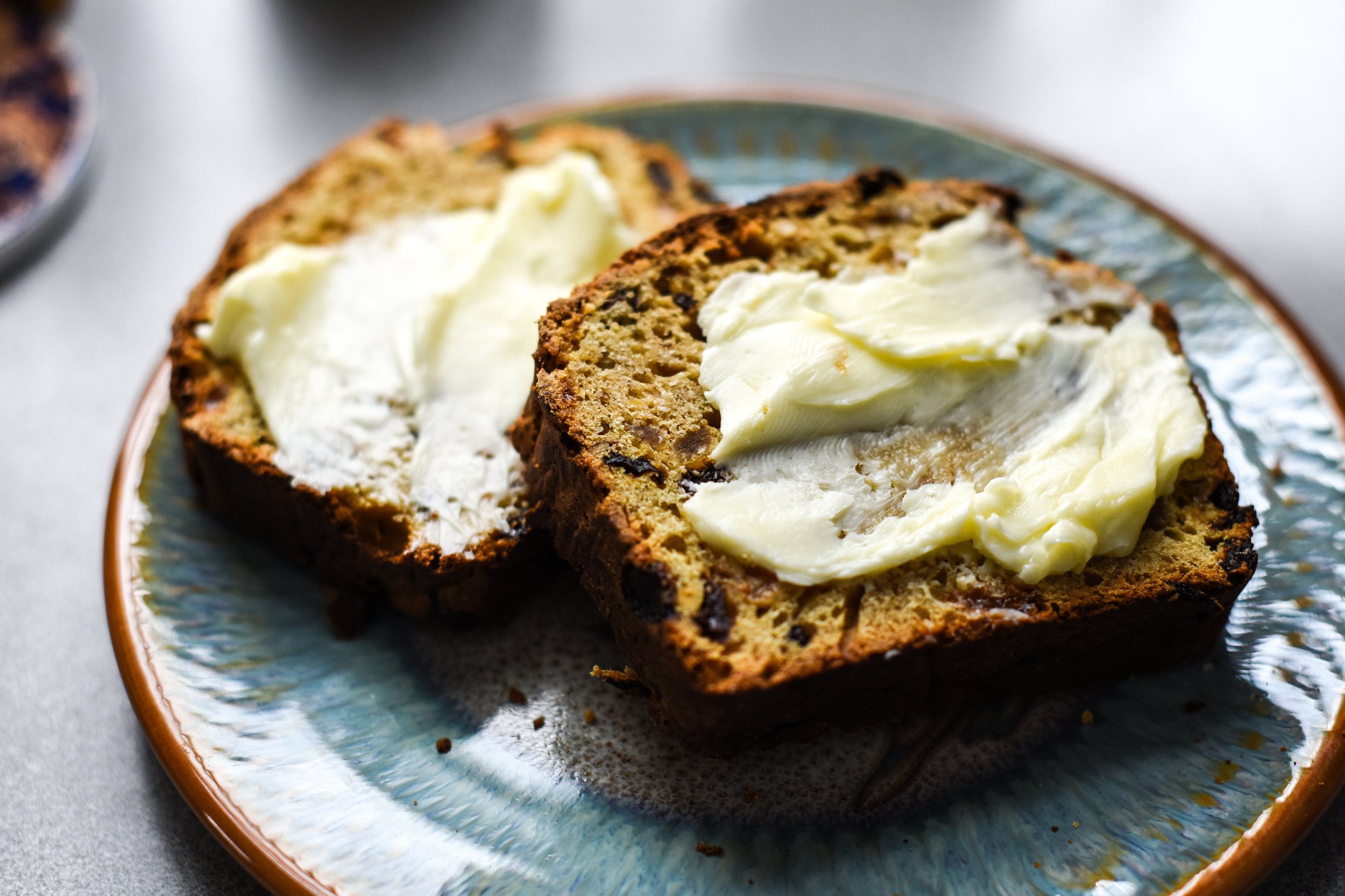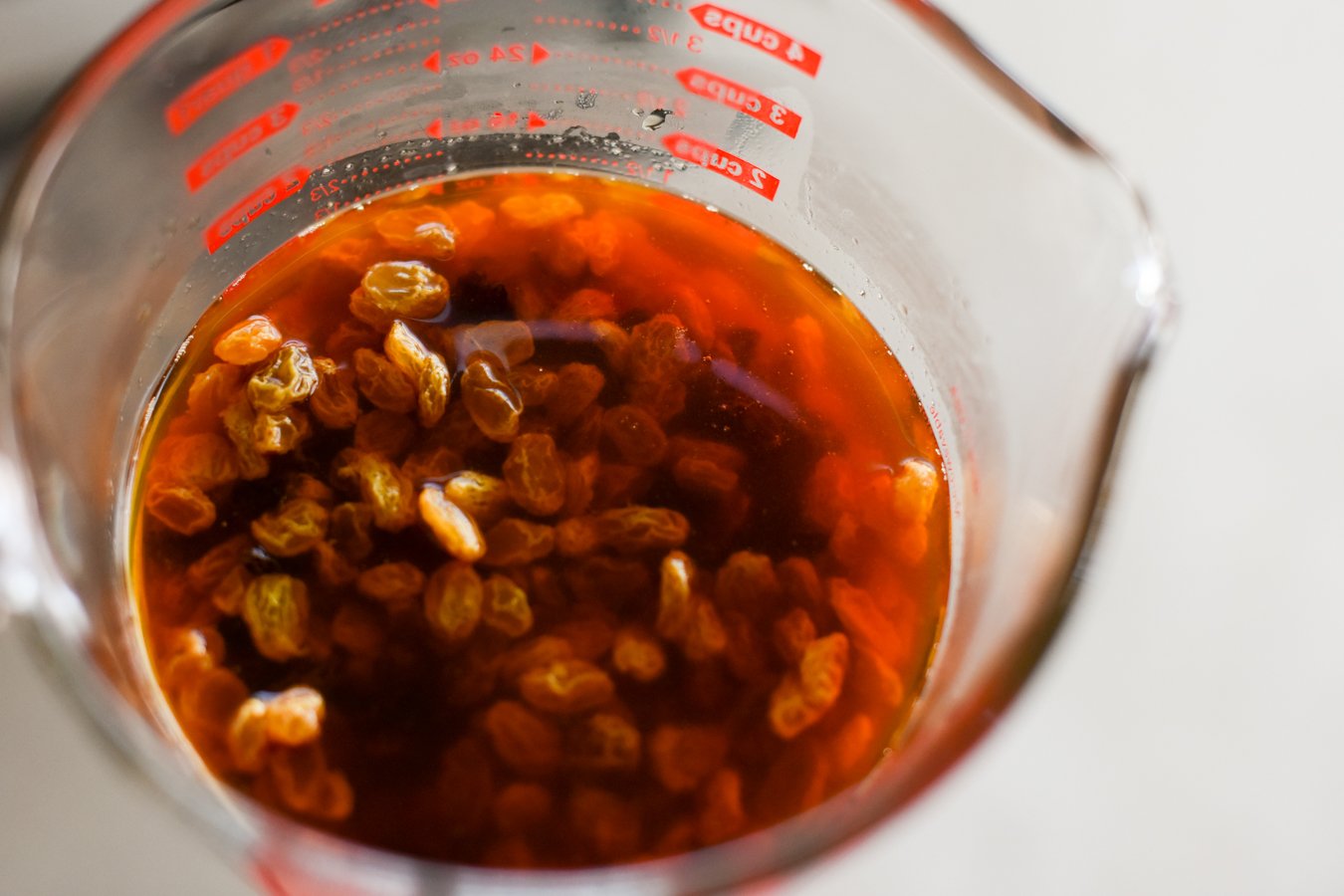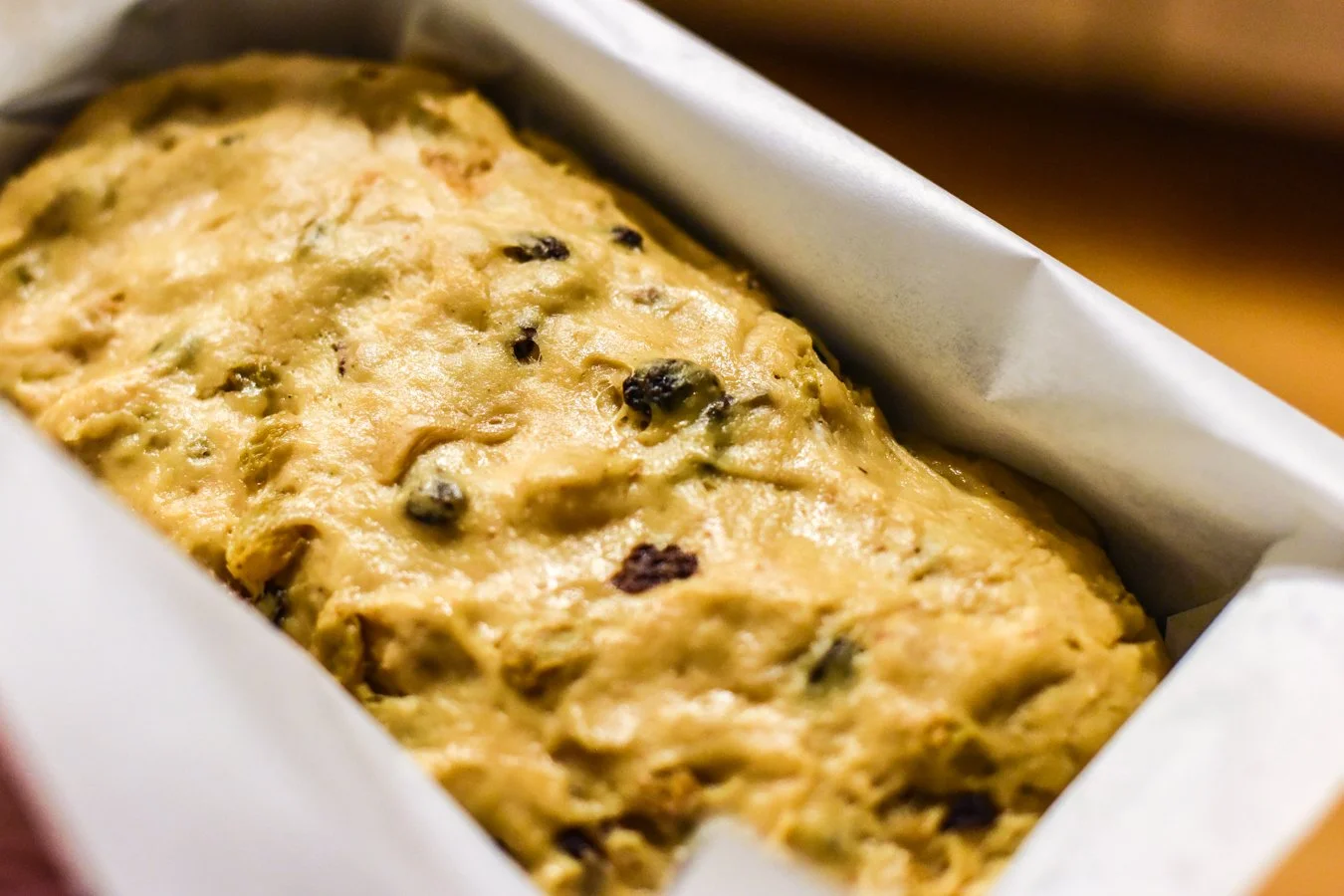Bara Brith Recipe
Welsh for 'Speckled Bread', Bara Brith is a yeasted tea loaf with a long history.
March 1st was St. David’s Day, the 6th century Welsh bishop turned-patron saint of Wales. For a member of the Anglican Communion on this side of the Atlantic, St. David’s Day is not widely observed, and so when an antique bulletin fell out of an antique book during my library work several years ago, I was delighted to learn about a saint who is so important to my Welsh friends.
St. David was a teacher, and monk, who founded many monasteries including (as his biographer Rhygyfarch would have you believe) Glastonbury Abbey. He also championed a particularly austere form of life, including forbidding farm animals to pull the plow (leaving few options but one’s fellow monk!) and mandating only bread and water for his followers.
Thus, it seems kind of ironic that the bread traditionally eaten on St. David’s Day in Wales would be too luxurious for its patron saint. Bara brith (literally, “speckled bread”) is a dark currant loaf. It is less bread, and more dense cake—like a traditional English tea loaf, but most often made with yeast (while its English cousin is not yeasted).
In a belated honor of this day, I made bara brith again. My current cookbook obsession is Regula Ysewijn’s The British Baking Book (in the UK, Oats in the North, Wheat in the South). Written by a Belgian culinary historian, the cookbook recovers old recipes for traditional British baked goods of both the sweet and savory variety. Thus far, it has been a fun adventure to bake through, and I can’t wait to get going on a few new recipes I’ve earmarked. Bara brith, however, I’ve made multiple times—perfect for morning toast or afternoon tea. It is becoming a baking home to return to, one of the cornerstones of this book for me.
I'm excited to share a version of this recipe with you, so that you can grace your own breakfast/tea table with it. It's studded with currants, raisins, and citrus peel, and is incredible toasted with some butter. I've slightly modified the recipe to fit what I have in my own kitchen. The original recipe also calls for half an egg, which I find to be impractical given that very few of us have pullet eggs (tiny eggs from newly-laying hens) lying around every day. The mixed spice that I used is King Arthur Baking Company's Yuletide Cheer, which they are not currently selling, so I've provided some ideas in the ingredients list as to what you might use instead. Yuletide Cheer has cardamom, coriander, orange peel, mace, allspice, and nutmeg in it, which makes for a very savory spice, though you might find you prefer the sweeter, more traditional pumpkin pie spices.
Bara Brith
Welsh for 'Speckled Bread', Bara Brith is a yeasted tea loaf with a long history.
Total time: 4 hours+
Ingredients
110g currants
110g raisins
240g hot black tea
330g all purpose flour (bread flour works as well)
85g sugar or golden syrup
1/2 tsp mixed spice (I like cardamom, allspice, nutmeg, and/or cinnamon)
1/4 tsp salt;85g unsalted butter (room temperature)
1 egg
3 1/2 tsp (11g) instant yeast (do not use active dried yeast)
2-3 Tbsp (25g) candied citrus peel (I use lemon, you can also omit if needed)
Instructions
At least an hour or two, if not the day before you bake, soak the currants and raisins in the hot tea.
Mix together dry ingredients--flour, sugar (if using), mixed spice, and salt. Add the wet ingredients: first the egg and currant/raisin/tea mixture, then the (softened) butter. Then add the yeast and candied peel.
Knead the dough for 5 minutes. If the dough is too wet (more like a batter), add a little bit of flour until you can form it into a ball. It will still be wet, but it should just hold together.
Cover the dough and set aside to rise. This may take anywhere from 1-2 hours depending on how warm your kitchen is.
Prepare a 9x5-inch loaf tin. You can butter and flour it, and/or line it with parchment. I tend to just line with parchment.
Remove the risen dough and form it into a log. Place it in the loaf tin and set aside to rise again. This should take an hour or so, again, depending on how warm your kitchen is.
Toward the end of the second rise, preheat your oven to 300*F. Bake the loaf in the oven (the original recipe specifies the lower part of the oven) for 1 1/2 hours until golden brown. I recommend checking it at about 1hr in, as some ovens may cook it faster than others.


